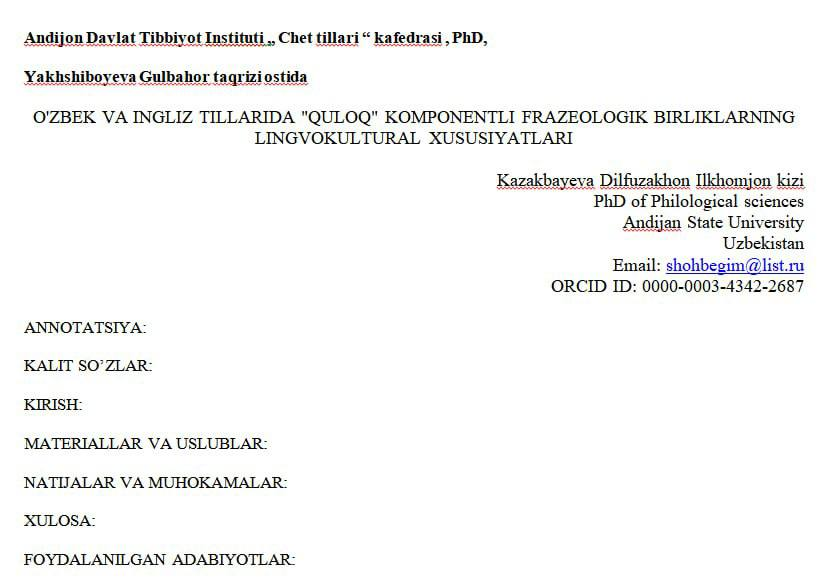BRIDGING THE GAP: EFFECTIVE PRACTICES FOR ENGLISH L2 LEARNERS
Keywords:
Young learners, english language acquisition, second language learning, teaching strategies, interactive learning, student engagement, cultural relevance, play-based learning, digital tools, task-based learning, language proficiency, motivation in language learning, differentiated instruction, scaffolded learning, multimedia in educationAbstract
This article explores the effectiveness of various teaching strategies aimed at enhancing English L2 acquisition among young learners. The study compares traditional methods with innovative approaches, emphasizing interactive and student-centered techniques. Through a systematic review of literature and empirical data, the authors highlight the importance of adapting pedagogical practices to meet the developmental needs and learning styles of young children. They argue that play-based learning, digital tools, and culturally responsive teaching significantly impact student engagement and language proficiency. This article is valuable for educators seeking evidence-based strategies to optimize English language learning outcomes in early education settings.
References
Blake, R. J. (2013). Brave New Digital Classroom: Technology and Foreign Language Learning (2nd ed.). Georgetown University Press.
Bodrova, E., & Leong, D. J. (2007). Tools of the Mind: The Vygotskian Approach to Early Childhood Education (2nd ed.). Pearson.
Deci, E. L., & Ryan, R. M. (1985). Intrinsic Motivation and Self-Determination in Human Behavior. Springer US.
Ellis, G., & Brewster, J. (2014). Tell It Again! The Storytelling Handbook for Primary English Language Teachers. British Council.
Gardner, H. (1983). Frames of Mind: The Theory of Multiple Intelligences. Basic Books.
Gay, G. (2000). Culturally Responsive Teaching: Theory, Research, and Practice. Teachers College Press.
Harmer, J. (2007). The Practice of English Language Teaching (4th ed.). Pearson Longman.
Willis, D., & Willis, J. (2007). Doing Task-Based Teaching. Oxford University Press.
Wood, D., Bruner, J. S., & Ross, G. (1976). The role of tutoring in problem solving. Journal of Child Psychology and Psychiatry, 17(2), 89-100. doi:10.1111/j.1469-7610.1976.tb00381.x














